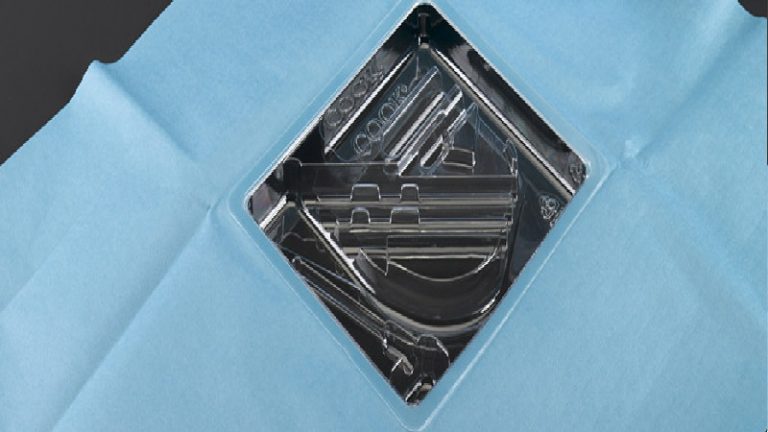Packaging plays a critical role in the healthcare industry, ensuring the safe delivery, storage, and administration of medications. It serves as a barrier against contamination, protects the efficacy of sensitive drugs, and provides vital information to patients. Today, as sustainability becomes a priority across industries, drug packaging faces dual challenges: maintaining safety while reducing environmental impact. Innovations in this field aim to strike a balance between these goals, paving the way for a safer and greener pharmaceutical future.
Ensuring Patient Safety Through Advanced Packaging
- Tamper-Evident Packaging
Tamper-evident packaging is a cornerstone of patient safety, preventing unauthorized access and contamination. Features like breakable seals, perforated caps, and heat-shrink bands offer visible indicators if the packaging has been altered. These innovations are standard in the U.S. market, ensuring consumers can trust the integrity of their medications. Learn more about industry-leading drug packaging solutions that prioritize safety.
- Child-Resistant Features
Accidental ingestion of medications by children poses a serious risk, making child-resistant packaging a necessity. Push-and-turn caps and blister packs with controlled release mechanisms are widely used to limit access while remaining user-friendly for adults. These designs ensure that safety measures do not compromise ease of use, fostering widespread adoption.
- Smart Packaging Technology
Smart packaging is revolutionizing medication adherence and safety. IoT-enabled designs now provide alerts for missed doses, while QR codes grant instant access to detailed drug information and usage guidelines. These advancements not only enhance safety but also empower patients to manage their health proactively.
The Future of Packaging: A Safety and Sustainability Balance
Consumers are increasingly prioritizing sustainable products, and pharmaceutical packaging is no exception. Surveys show a growing preference for eco-friendly packaging solutions, prompting pharmaceutical companies to innovate. Green packaging appeals to consumers and reflects corporate responsibility in addressing environmental concerns. The FDA has been instrumental in promoting safety and sustainability in packaging. Regulations now encourage manufacturers to adopt recyclable materials and sustainable practices while maintaining stringent safety standards. Collaborations between pharmaceutical companies and environmental organizations further accelerate progress. The future of packaging for medications lies in advanced materials and technologies. Nanotechnology is being explored for its potential to create lightweight, durable, and safe solutions. Simultaneously, innovative polymers offer enhanced biodegradability and protection, enabling manufacturers to meet safety and environmental objectives.
Balancing Safety and Sustainability: The Future of Packaging
The intersection of safety and sustainability in drug packaging represents a vital evolution in the healthcare industry. Innovations such as tamper-evident designs, biodegradable materials, and smart technologies ensure medications remain secure while addressing growing environmental concerns. As the pharmaceutical industry continues to advance, these solutions will define the future of healthcare, offering safer, greener, and more efficient ways to deliver essential medicines.

